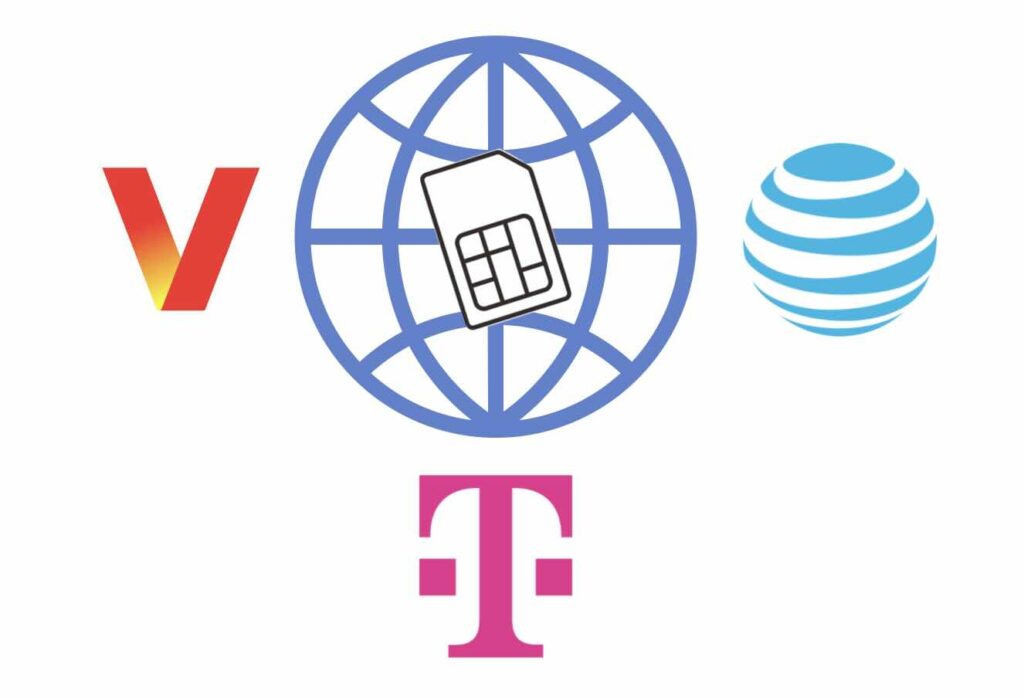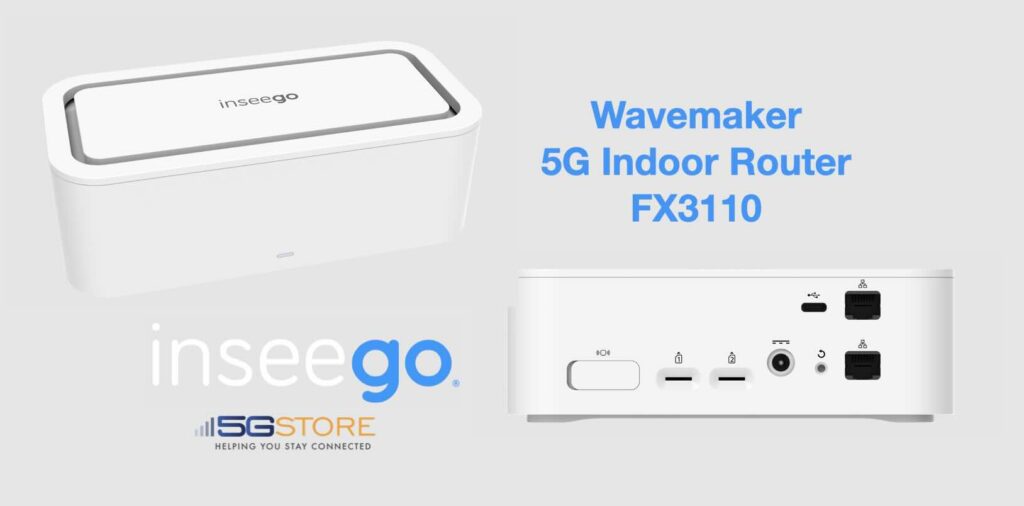The rise of eSIM technology is transforming industries and reshaping how we think about connectivity. When combined with Fixed Wireless Access (FWA), eSIM offers significant opportunities for both businesses and consumers to enjoy high-speed internet without the need for physical SIM cards. The competition between major carriers—Verizon, AT&T, and T-Mobile—is intensifying as they race to […]
Tag: Fixed Wireless Access
Introducing the Inseego FX3110 5G Router
We’re excited to announce the arrival of the Inseego FX3110, a cutting-edge 5G router designed to deliver fast, reliable, and flexible internet connectivity. Whether you’re looking to set up a failover solution or boost network reliability in demanding environments, the FX3110 offers several robust features to help meet your needs. Key Features of the Inseego […]
Exploring Fixed Wireless Access Internet Service
In the ever-evolving landscape of communication technology, Fixed Wireless Access (FWA) has emerged as a game-changing solution, providing reliable internet connectivity to homes and businesses. FWA is offered by major telecom giants such as T-Mobile, Verizon, and AT&T, allowing customers to enjoy high-speed internet without traditional wired connections. While FWA presents an exciting opportunity, it’s […]
What is the Controversy Over 5G Home Internet
How well 5G Home Broadband solutions perform could affect telecom stocks over the next few years. This is because not all parties are convinced that 5G wireless is going to succeed, or at least be capable of competing with cable broadband services. While T-Mobile and Verizon Wireless have begun marketing and selling their 5G Home […]



